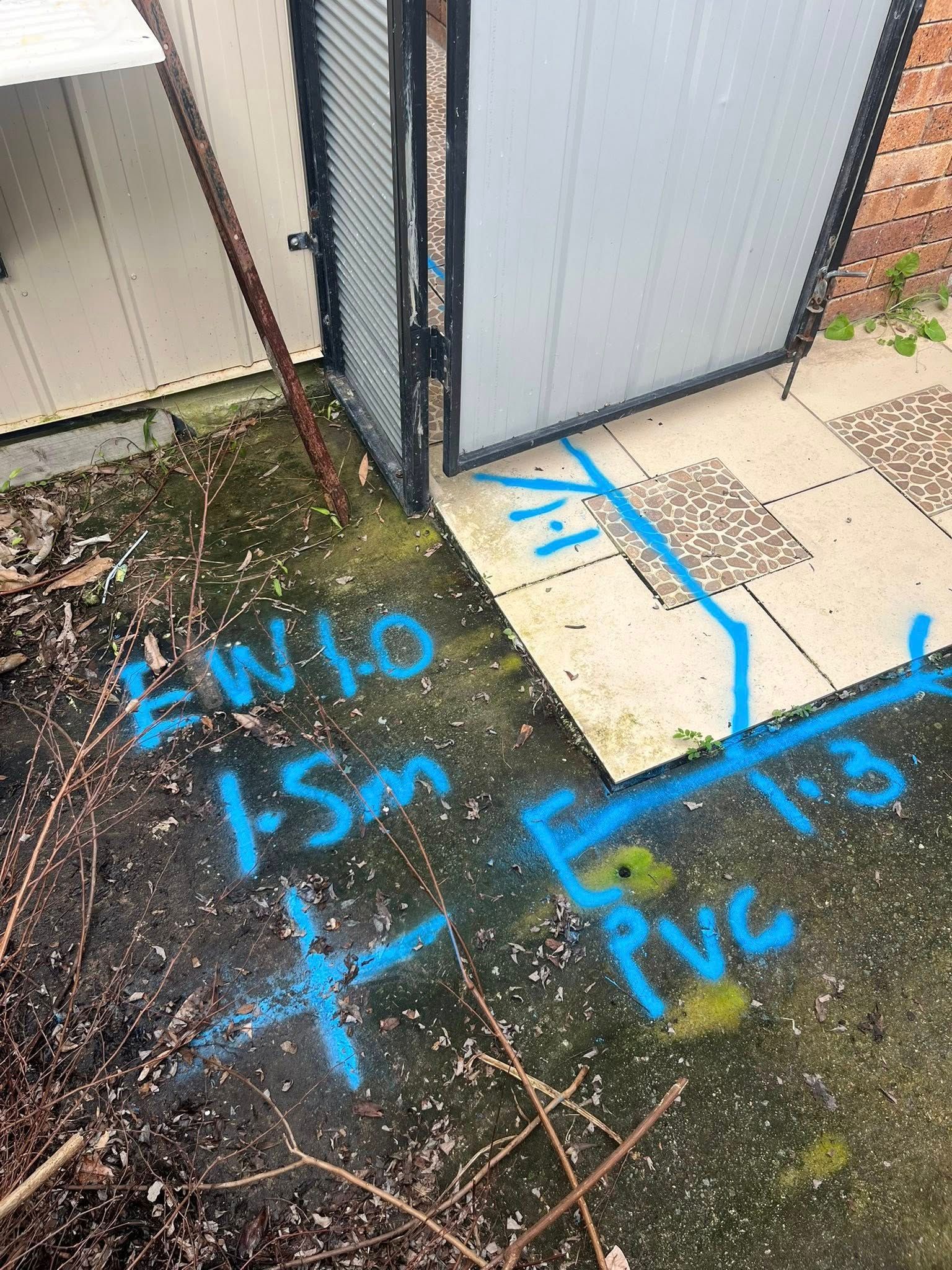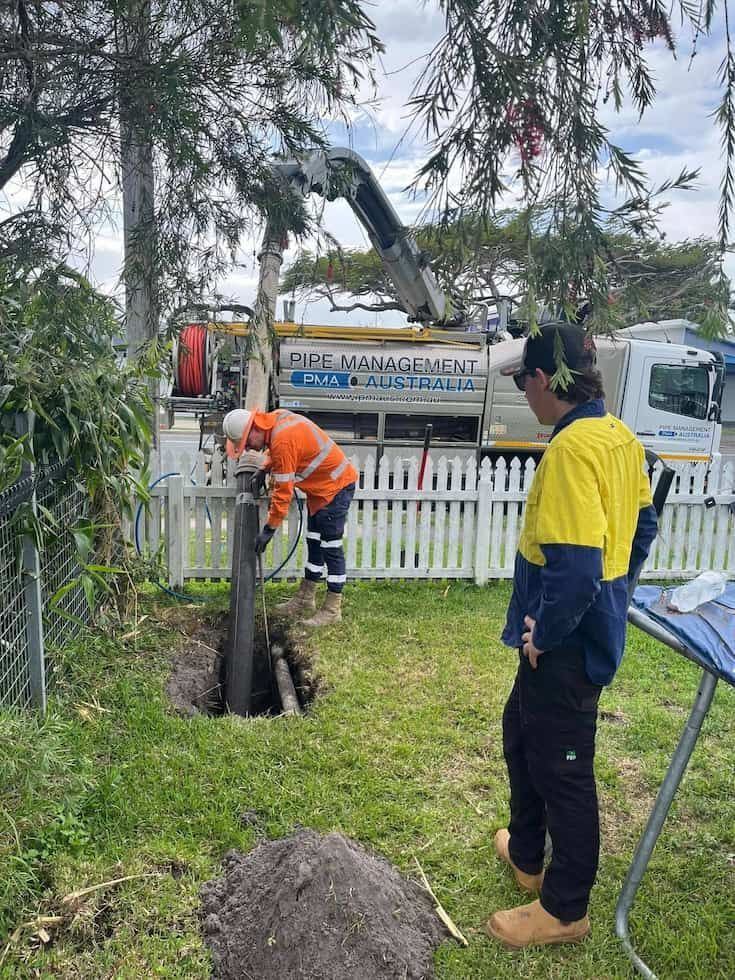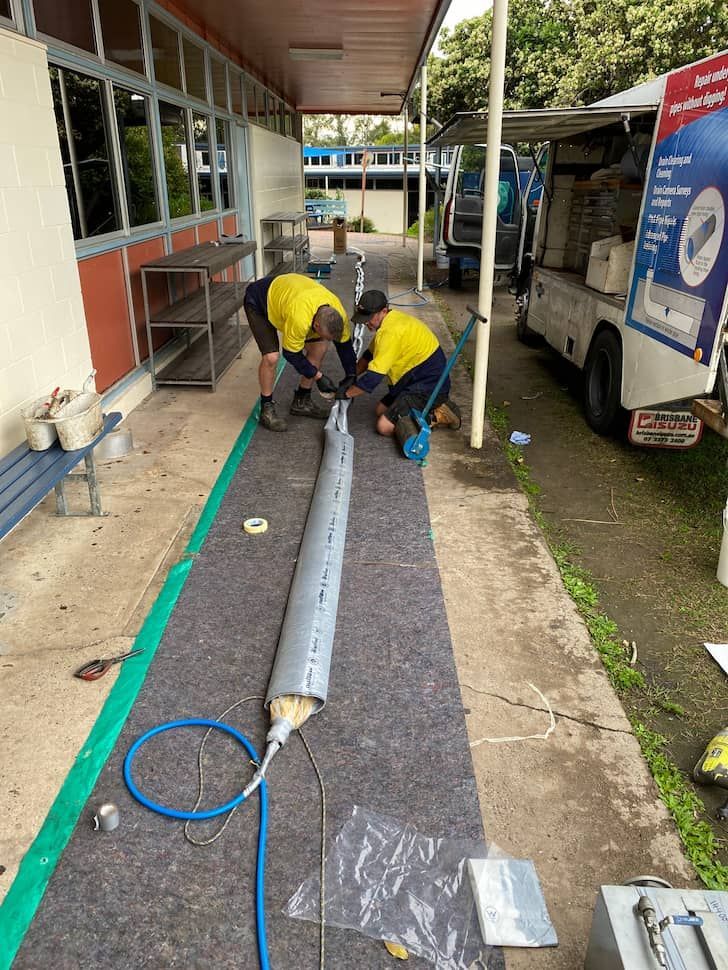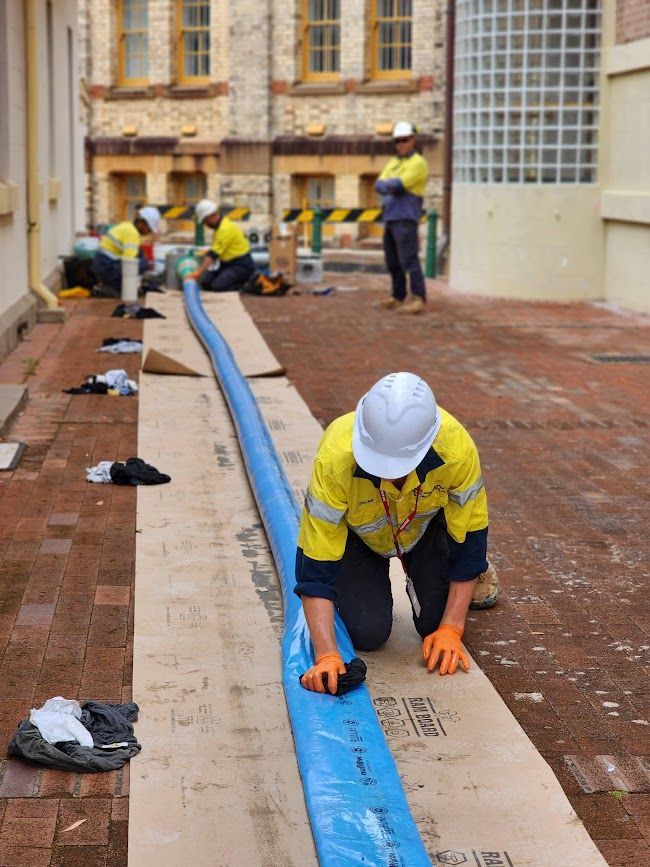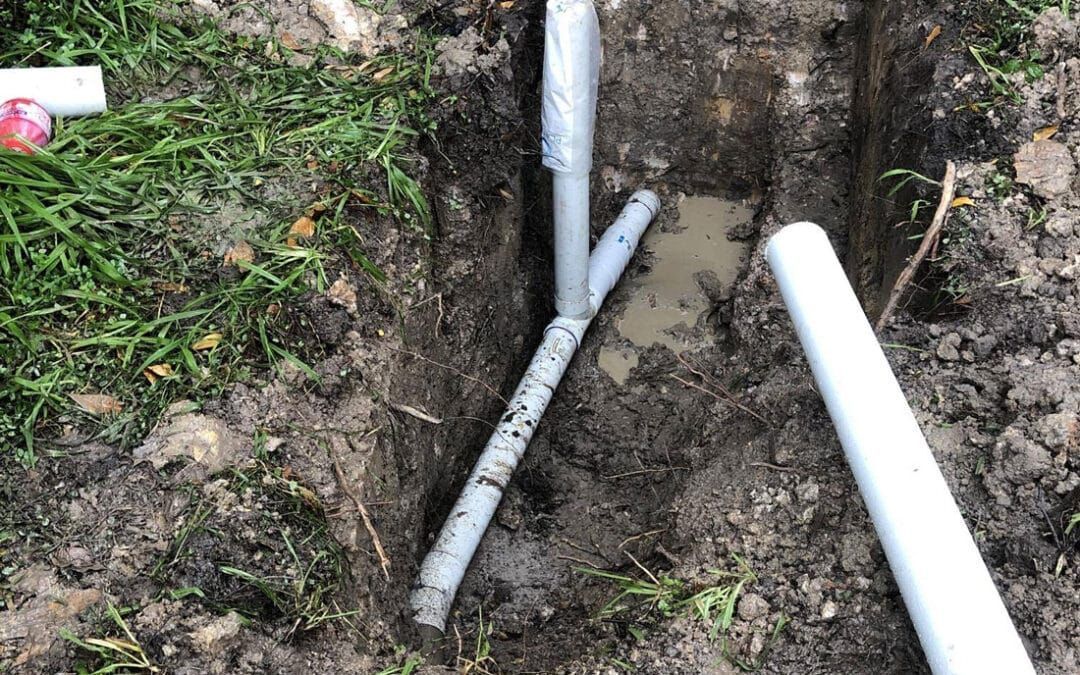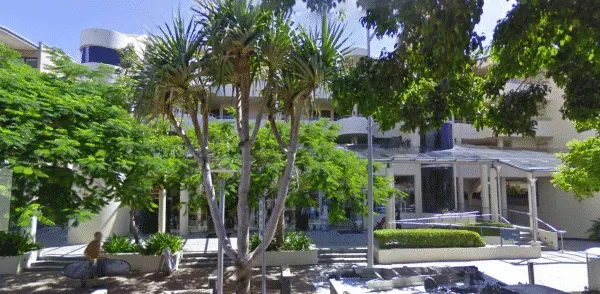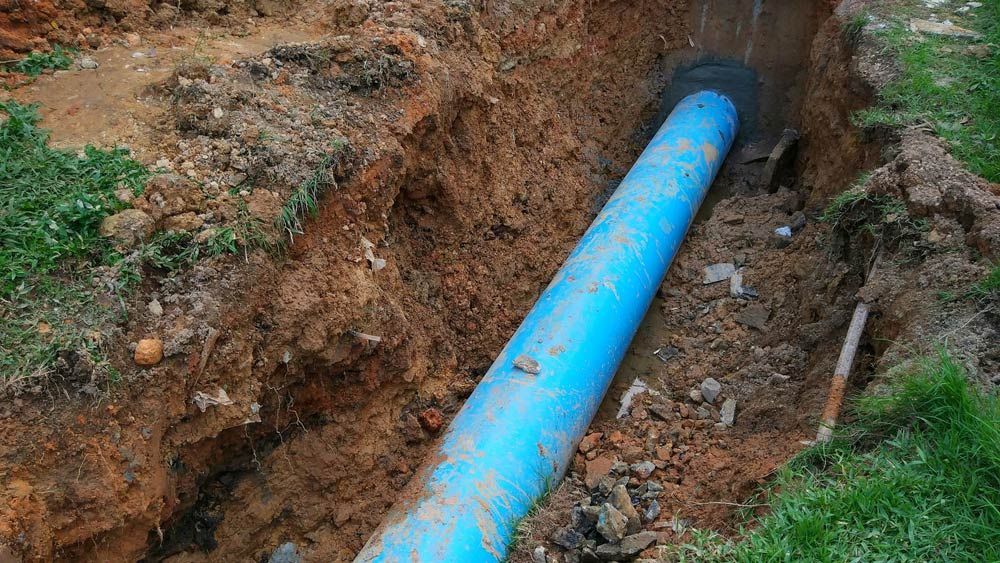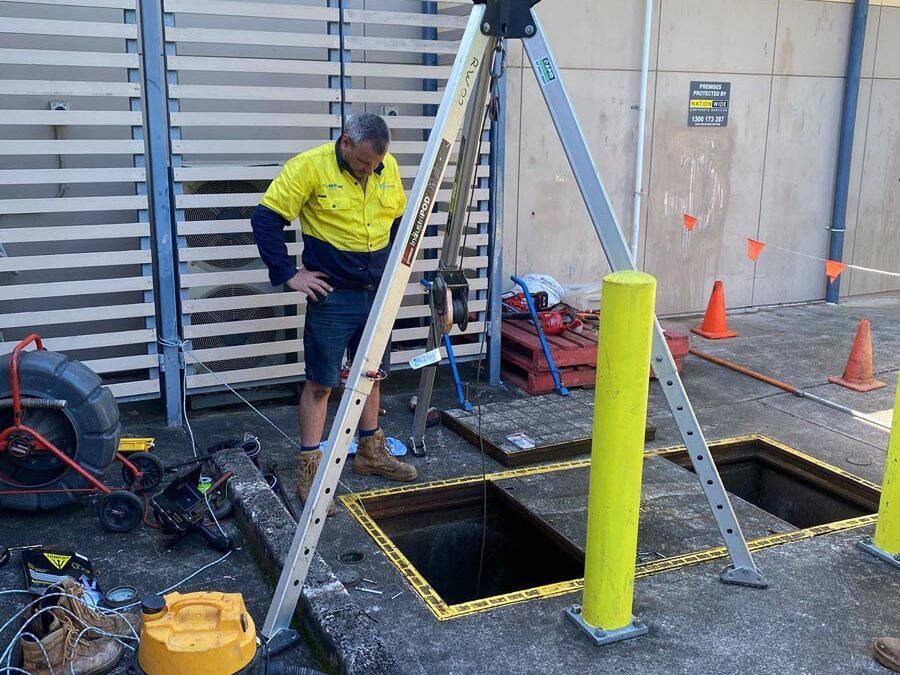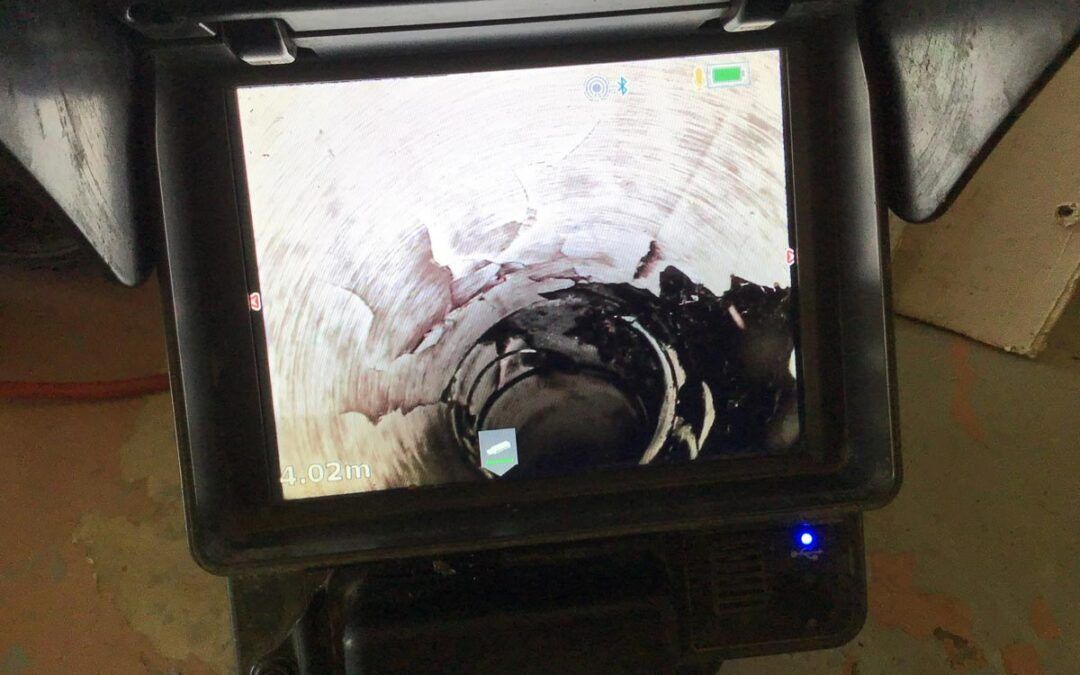Stormwater Drain Readiness Before The Wet Season

As the wet season approaches, the Sunshine Coast typically experiences a deluge of heavy rains, overflowing gutters, and surface flooding. For homeowners, business owners, and property managers, it’s a critical time to ensure stormwater systems are functioning correctly. Blocked stormwater drains, failing downpipes or hidden pipe cracks can all lead to water pooling, building damage, and costly emergency repairs.
Whether managing a strata complex, a standalone residence or a commercial property, a proactive stormwater checklist can save serious headaches when the rain begins. This blog post outlines a wet season plumbing checklist to prepare stormwater drains.
Clearing Gutters & Soak Wells Before the Rain Hits
Before the first serious downpour arrives, checking the property’s gutters and soak wells is an essential starting point. Gutters clogged with leaves, sticks and roof grit prevent water from flowing freely to the downpipes, increasing the risk of overflow and internal water damage. Soak wells that haven’t been cleared may also struggle to absorb water during intense rainfall events.
Key steps include:
- Removing leaf litter and sediment build-up from gutters
- Flushing downpipes to ensure water can flow into soak wells
- Clearing debris from soak wells or pits to allow efficient absorption
- Checking that gutter guards (if fitted) are intact and functional
These preventative steps make a significant difference when the wet season begins in earnest.
Inspecting Stormwater Pits & Grates for Obstructions
Stormwater pits and grated inlets are critical in redirecting surface water away from buildings and paved areas. When these are blocked with rubbish, silt, or plant debris, water can back up quickly during heavy rain, causing localised flooding.
Conduct a visual inspection around your property by:
- Checking all grated drains for leaves, grass clippings or other debris
- Removing visible obstructions and washing down with water
- Lifting the lid of stormwater pits to assess internal cleanliness and sediment levels
- Looking for signs of poor drainage or standing water nearby
Routine pit maintenance supports faster water dispersal and protects property foundations.
Verifying Downpipe Connections to the Stormwater System
During storms, downpipes channel significant volumes of water from roof gutters into underground stormwater lines or soak wells. If these connections are loose, misaligned or incorrectly installed, water can spill into garden beds or next to building footings, leading to erosion or internal leaks.
Things to confirm:
- That all downpipes are securely attached and direct water into lawful discharge points
- That pipe connections haven’t come loose, shifted or split from ground movement
- That there are no visible signs of overflow, pooling or erosion near connection points
- That new installations or repairs have been checked for compliance and functionality
Having a professional inspect these connections ensures they can handle wet-season volumes.
Scheduling a CCTV Survey of Underground Stormwater Drains on the Sunshine Coast
Even when everything appears fine on the surface, unseen problems can lurk beneath. Roots from nearby trees, silt accumulation, pipe breaks, or collapsed sections can all reduce stormwater flow—issues that become apparent only when drains begin to back up during rain.
A pre-season CCTV survey offers:
- High-resolution video inspection of underground stormwater pipes
- Identification of tree root intrusion, cracks, blockages or structural damage
- A detailed condition report outlining the health of your stormwater network
- Recommendations for any further maintenance, cleaning or repairs required
This preventative approach helps detect problems early, before they escalate during a storm.
Proactive High-Pressure Jet Cleaning of Stormwater Pipes
Jet cleaning utilises high-pressure water to scour the interior of stormwater pipes, removing years of accumulated silt, leaves, roots, and debris. When done proactively before the wet season, it restores full pipe capacity and reduces the risk of blockages that can lead to property flooding.
Benefits of jetting stormwater pipes include:
- Dislodging tree roots, sand and sediment that restrict flow
- Flushing out organic matter that causes foul odours and system strain
- Reducing the risk of stormwater surcharge during peak rainfall
- Preparing the system for optimal performance throughout the season
This is a quick and efficient process, with minimal disruption to surrounding areas.
Identifying When No-Dig Repair or Pipe Relining Is Needed
When stormwater pipes are cracked, leaking or collapsed, relining is a trenchless method used to restore their function without full excavation. This no-dig technique involves inserting a resin-coated liner into the damaged pipe, which cures to form a strong, watertight seal.
Signs your stormwater system might require relining:
- Regular backups or slow drainage, despite cleaning
- Recurring wet patches or sinkholes along pipe alignment
- Inflow of roots or dirt discovered during CCTV inspection
- Water escaping from joints, causing foundation damage
Relining offers a cost-effective, non-invasive solution that restores pipe integrity for the long term.
Understanding the Risks of Blocked Stormwater Drains in the Wet Season
Blocked stormwater drains are one of the most common causes of flooding and property damage during periods of heavy rainfall. When water can’t drain away quickly enough, it finds the path of least resistance—often into garages, basements, landscaped areas or under building slabs.
For Sunshine Coast property owners, risks include:
- Water entering through floor levels, weep holes or under doors
- Increased load on retaining walls and footings
- Erosion or undercutting of landscaped areas
- Inconvenience, damage to belongings and potential mould growth
Preparing the stormwater system in advance dramatically reduces these risks and ensures peace of mind throughout the season.
Creating a Yearly Maintenance Program for Your Stormwater System
Stormwater infrastructure benefits greatly from regular, scheduled care—especially in high-rainfall regions. Implementing an annual maintenance program ensures that drains function properly and allows minor issues to be resolved before they escalate into emergencies.
A reliable stormwater maintenance plan includes:
- Gutter and pit cleaning ahead of the wet season
- Scheduled CCTV inspections every 1–2 years
- Jet cleaning of stormwater lines based on root or silt activity
- Relining of damaged pipes when needed to avoid collapse
- Documentation of completed services for strata or compliance reporting
Need Help With Blocked Drains on the Sunshine Coast?
At FlowWise, we help homeowners, strata managers, and businesses across the Sunshine Coast prepare their stormwater systems for the wet season. Our comprehensive services include CCTV inspections, high-pressure jet cleaning, stormwater pipe relining, and no-dig repairs to restore damaged drains. Each service is designed to prevent blockages and protect your property from flooding and water damage.
If you’re unsure where to start,
our team can assess your system and provide tailored recommendations to keep your stormwater network performing at its best.
